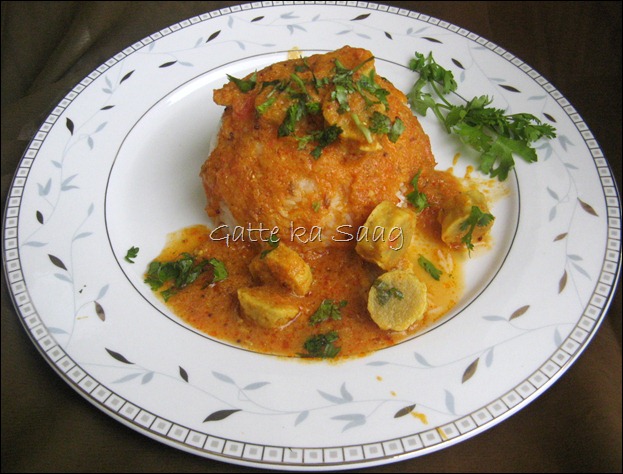Happy Makar Shankranti to all !!
“Besan ka CHILA” was a frequent in our breakfasts/eve snacks during childhood. My mom makes them very beautifully and fast. Appetizing and healthy!! I used to make them once in a while earlier but after making 2-3 crepes, I used to loose interest and got irritated. I never could make thin and round and they used to stick to the pan. What made the matter worse was, they never came out in 1 piece. Grrrr!! Each crepe used to break either while turning upside down or while taking off to plate. Alas!!
But now, when I have another member who needs something healthy and new day by day, I gave up my fear for the failure and tried again. And to sheer surprise, after a few trials, I perfected it (well almost!).
The secret is, a proper consistency, no lumps, properly heated and greased griddle. Once you get the batter with right consistency, which should be similar to dosa batter, spread a ladle full of it on hot tawa, immediately spread using the same ladle or tilt the griddle in all directions to spread. Once done, spread your choice of topping. Spray/brush some oil around the edges to not let it stick. This ensures the crepe to leave the surface properly once cooked. A thick crepe will take more time and chances are, the besan may not be cooked completely.
To speed up the process, my mom uses 2 tawas. Once the crepe is cooked from 1 side, she will spread it upside down on the other hot greased tawa. And, place another ladle full of besan batter on the first one. But this needs practice.
All said and done, time to switch to the method.
Time: 30 mins or even less.
Serves: 4-5 crepes
Ingredients:
 1.5 cup besan / chickpea flour/ gram flour
1.5 cup besan / chickpea flour/ gram flour  1.5 cup warm water
1.5 cup warm water  1 medium onion, finely chopped
1 medium onion, finely chopped  2 green chilies, finely chopped, adjust per your taste
2 green chilies, finely chopped, adjust per your taste  1 tsp. ajwain/ carom seeds
1 tsp. ajwain/ carom seeds  handful chopped coriander leaves
handful chopped coriander leaves  1 tsp. jeera powder (optional)
1 tsp. jeera powder (optional)  salt per taste
salt per taste  oil for preparing the crepes.
oil for preparing the crepes.
Preparation:
 Mix besan and water, water in 2-3 batches gradually for a proper consistency with all other ingredients except oil. The batter should have a consistency similar to dosa, a slight thinner would also go.
Mix besan and water, water in 2-3 batches gradually for a proper consistency with all other ingredients except oil. The batter should have a consistency similar to dosa, a slight thinner would also go.  Beat and mix well until lumps are removed.
Beat and mix well until lumps are removed.  Rest it for 15 mins and mix again. This step ensures the removal of all lumps.
Rest it for 15 mins and mix again. This step ensures the removal of all lumps.  Heat a heavy griddle/nonstick tawa.
Heat a heavy griddle/nonstick tawa.  Pour and spread 1 tsp. oil. Pour a ladle full of besan batter and spread in clockwise direction to get a thin crepe.
Pour and spread 1 tsp. oil. Pour a ladle full of besan batter and spread in clockwise direction to get a thin crepe.  Pour few drops of oil around the edges and on top.
Pour few drops of oil around the edges and on top.  Cover and cook on a low to med-low flame.
Cover and cook on a low to med-low flame.  Once the edges leave the surface of griddle, use a spatula and delicately flip the crepe upside down.
Once the edges leave the surface of griddle, use a spatula and delicately flip the crepe upside down.  Cover and cook again for 2 mins.
Cover and cook again for 2 mins.  Serve with your fav chutney/dip or sauce.
Serve with your fav chutney/dip or sauce.  Relish!!
Relish!!
Notes:
It is a good idea to prepare a paratha on the tawa first so the the griddle is greased properly and the 1st crepe will not stick to it. Alternately, you can brush some oil on tawa, heat it and clean using a paper towel.
You can spread chopped onions over the crepe like we do for uttapam, instead of adding it in the batter. This allows smooth spreading of the crepe.
The batter should be of similar consistency of dosa.
To remove the lumps, another good idea is to mix besan and water, beat well and pass it through a steel wired sieve. Then mix in all the other ingredients.
Spread crumbled paneer on the top before flipping the crepe. This adds some more nutritional value. Adding methi leaves/ kasuri methi is a good flavor enhancement. Adding some black salt improves the taste. Remember to adjust the common salt accordingly.
Be patient, if you don’t get good crepes initially. You will perfect the process gradually.
Because this recipe is something, I learnt many times from my mom (over phone and face to face) and succeeded only recently (I know, it might be very easy for many of you to perfect a crepe/chila/dosa, I am one exception!!), I really owe a big thank to her for her patience. So, sending this to the event dedicated to honor MOMs organized by PureVegetarianBites to honor my mom’s love to me.



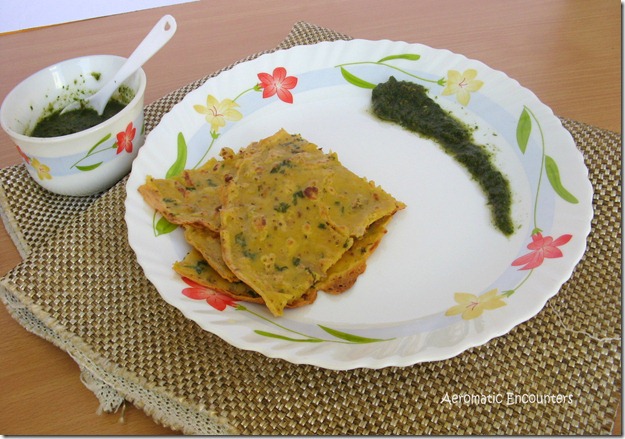


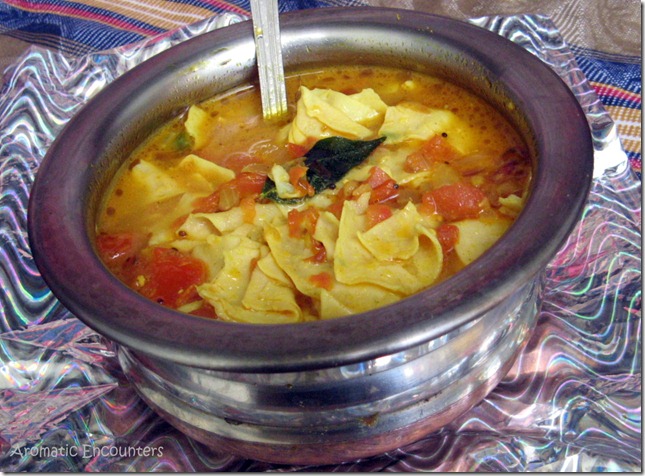
 4 medium size Papads, any variety, I prefer moong daal papads.
4 medium size Papads, any variety, I prefer moong daal papads. 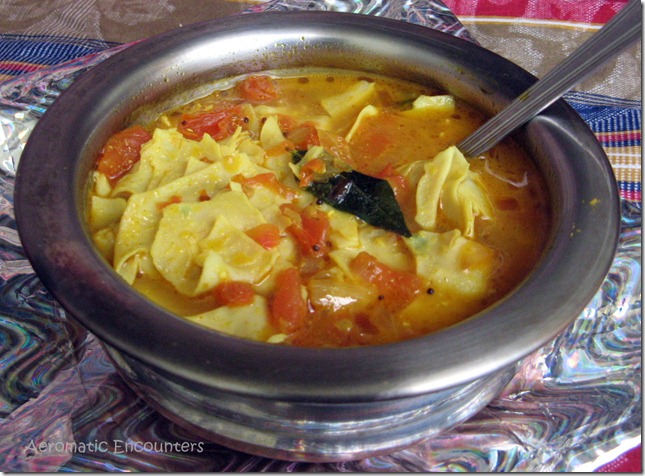
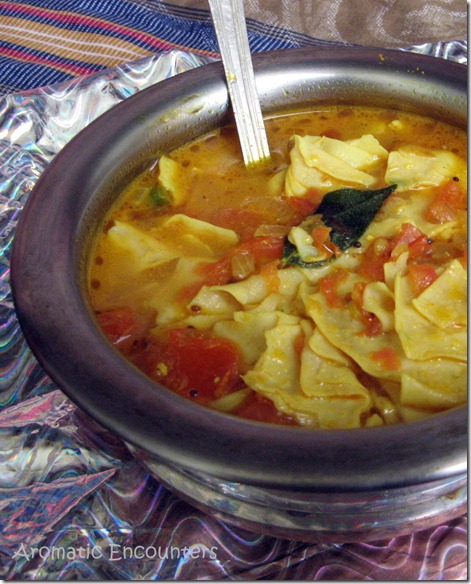

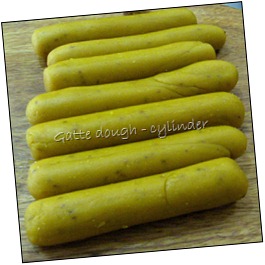
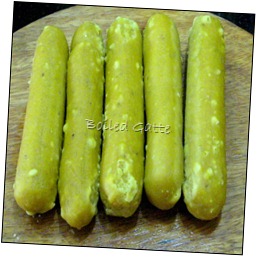
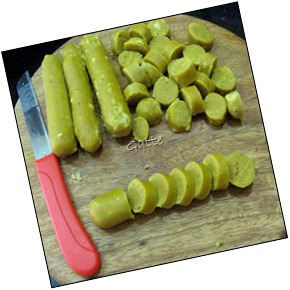


 150 gms besan / chickpea flour/ gram flour
150 gms besan / chickpea flour/ gram flour